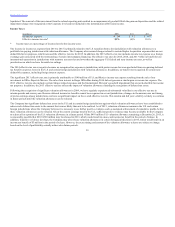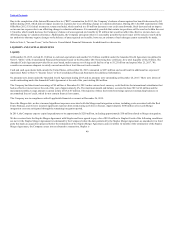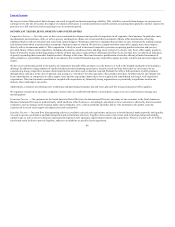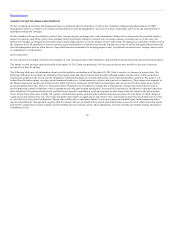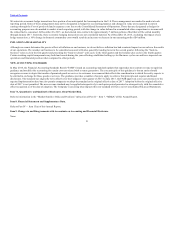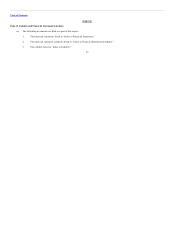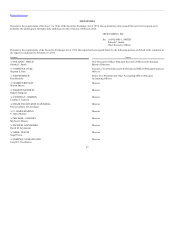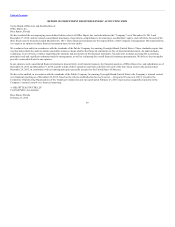OfficeMax 2015 Annual Report Download - page 51
Download and view the complete annual report
Please find page 51 of the 2015 OfficeMax annual report below. You can navigate through the pages in the report by either clicking on the pages listed below, or by using the keyword search tool below to find specific information within the annual report.
Table of Contents
We have adopted an enterprise risk management process patterned after the principles set out by the Committee of Sponsoring Organizations (COSO).
Management utilizes a common view of exposure identification and risk management. A process is in place for periodic risk reviews and identification of
appropriate mitigation strategies.
We have market risk exposure related to interest rates, foreign currency exchange rates, and commodities. Market risk is measured as the potential negative
impact on earnings, cash flows or fair values resulting from a hypothetical change in interest rates or foreign currency exchange rates over the next year.
Interest rate changes on obligations may result from external market factors, as well as changes in our credit rating. We manage our exposure to market risks at
the corporate level. The portfolio of interest-sensitive assets and liabilities is monitored to provide liquidity necessary to satisfy anticipated short-term needs.
Our risk management policies allow the use of specified financial instruments for hedging purposes only; speculation on interest rates, foreign currency rates,
or commodities is not permitted.
Interest Rate Risk
We are exposed to the impact of interest rate changes on cash, cash equivalents, debt obligations, and defined benefit pension and other postretirement plans.
The impact on cash and cash equivalents held at December 26, 2015 from a hypothetical 10% decrease in interest rates would be a decrease in interest
income of less than $1 million.
The following tables provide information about our debt portfolio outstanding as of December 26, 2015 that is sensitive to changes in interest rates. The
following table does not include our obligations for pension plans and other postretirement benefits, although market risk also arises within our defined
benefit pension plans to the extent that the obligations of the pension plans are not fully matched by assets with determinable cash flows. We sponsor U.S.
defined benefit pension plans covering certain terminated employees, vested employees, retirees, and some active employees. These plans were acquired in
the Merger transaction and have been frozen since 2004. Our active employees and all inactive participants who are covered by these plans are no longer
accruing additional benefits. However, the pension plans obligations are still subject to change due to fluctuations in long-term interest rates as well as
factors impacting actuarial valuations, such as retirement rates and pension plan participants’ increased life expectancies. In addition to changes in pension
plan obligations, the amount of plan assets available to pay benefits, contribution levels and expense are also impacted by the return on the pension plan
assets. The pension plan assets include U.S. equities, international equities, global equities and fixed-income securities, the cash flows of which change as
equity prices and interest rates vary. The risk is that market movements in equity prices and interest rates could result in assets that are insufficient over time
to cover the level of projected obligations. This in turn could result in significant changes in pension expense and funded status, further impacting future
required contributions. Management, together with the trustees who act on behalf of the pension plan beneficiaries, assess the level of this risk using reports
prepared by independent external actuaries and investment advisors and take action, where appropriate, in terms of setting investment strategy and agreed
contribution levels.
49


